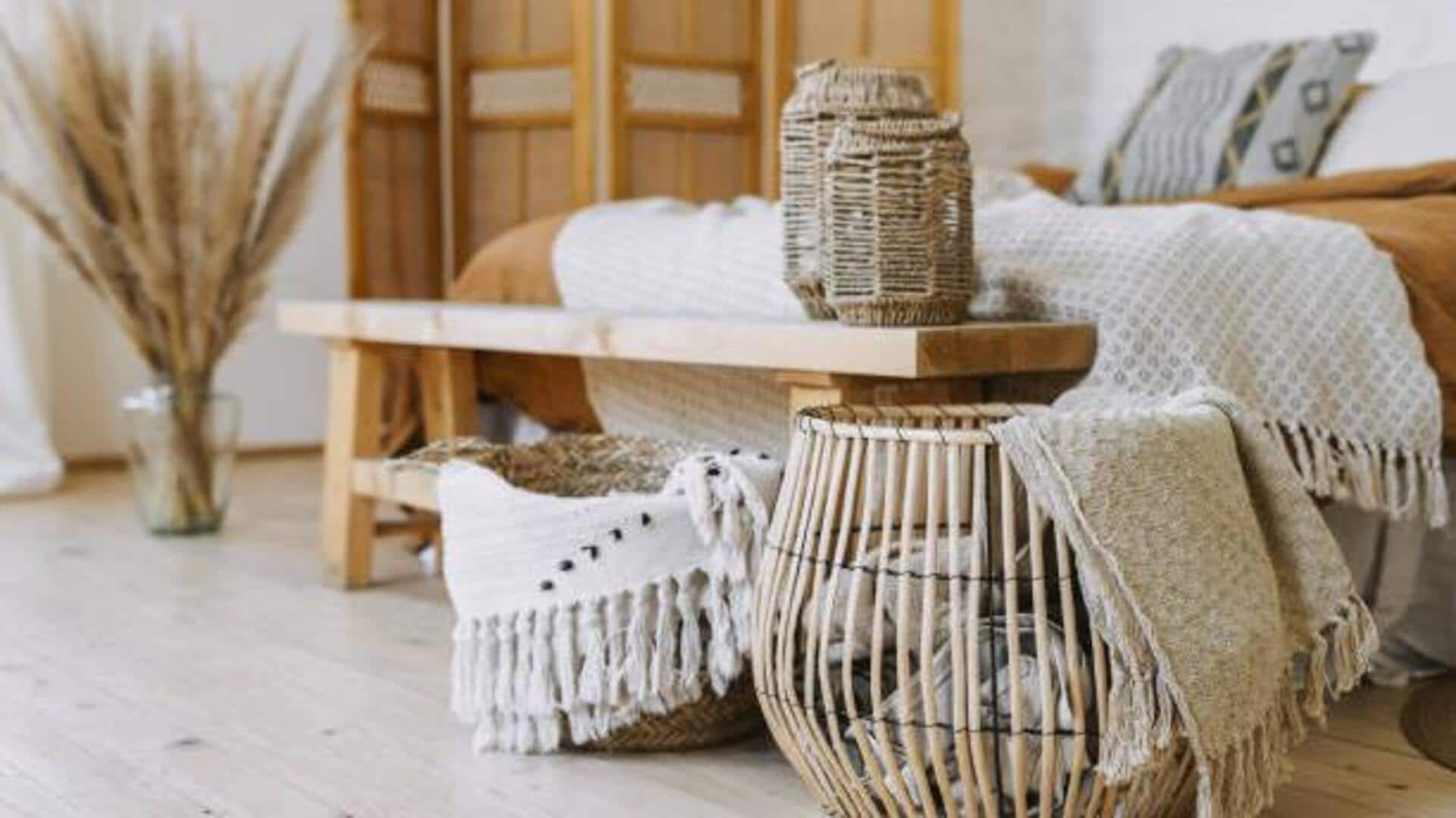
Why bamboo is a top choice for green living
What's the story
Bamboo, a versatile and rapidly renewable resource, is gaining attention for its sustainable applications in home innovations across Africa. Strong and flexible, bamboo provides practical, cost-effective, and eco-friendly solutions. From construction to interior design, the potential of bamboo is being harnessed to create sustainable living spaces that minimize environmental impact while maximizing functionality.
#1
Bamboo in construction
Due to its durability and sustainability, bamboo is increasingly being used as a primary material in construction. It grows quickly (in three to five years), making it the perfect alternative to traditional timber. In several African regions, bamboo is used to build homes that are not just robust but also earthquake-resistant. Its lightweight nature cuts the need for heavy machinery at construction sites, further reducing carbon emissions.
#2
Interior design with bamboo
Using bamboo in interior design lends a natural touch while contributing to sustainability. Bamboo flooring is widely preferred because of its durability and low maintenance. Furthermore, bamboo furniture provides a chic but mindful choice for homeowners wanting to go green. Bamboo in decorative pieces like wall panels or blinds can liven up the mood of any room without harming the environment.
#3
Energy efficiency enhancements
Bamboo can play a major role in making homes energy efficient through innovative designs such as green roofs or insulated walls from compressed bamboo fibers. These elements naturally regulate indoor temperatures by providing insulation, thus reducing the use of artificial heating or cooling systems. Not only does this reduce energy consumption, but it also saves you from paying higher utility bills in the long run.
#4
Water management solutions
Bamboo's water-resistant properties make it apt for various water management applications within homes. It can be used in constructing rainwater harvesting systems or as part of greywater recycling setups. By integrating these solutions into home designs, residents can effectively manage water resources, all while minimizing waste and promoting conservation efforts at the household level.